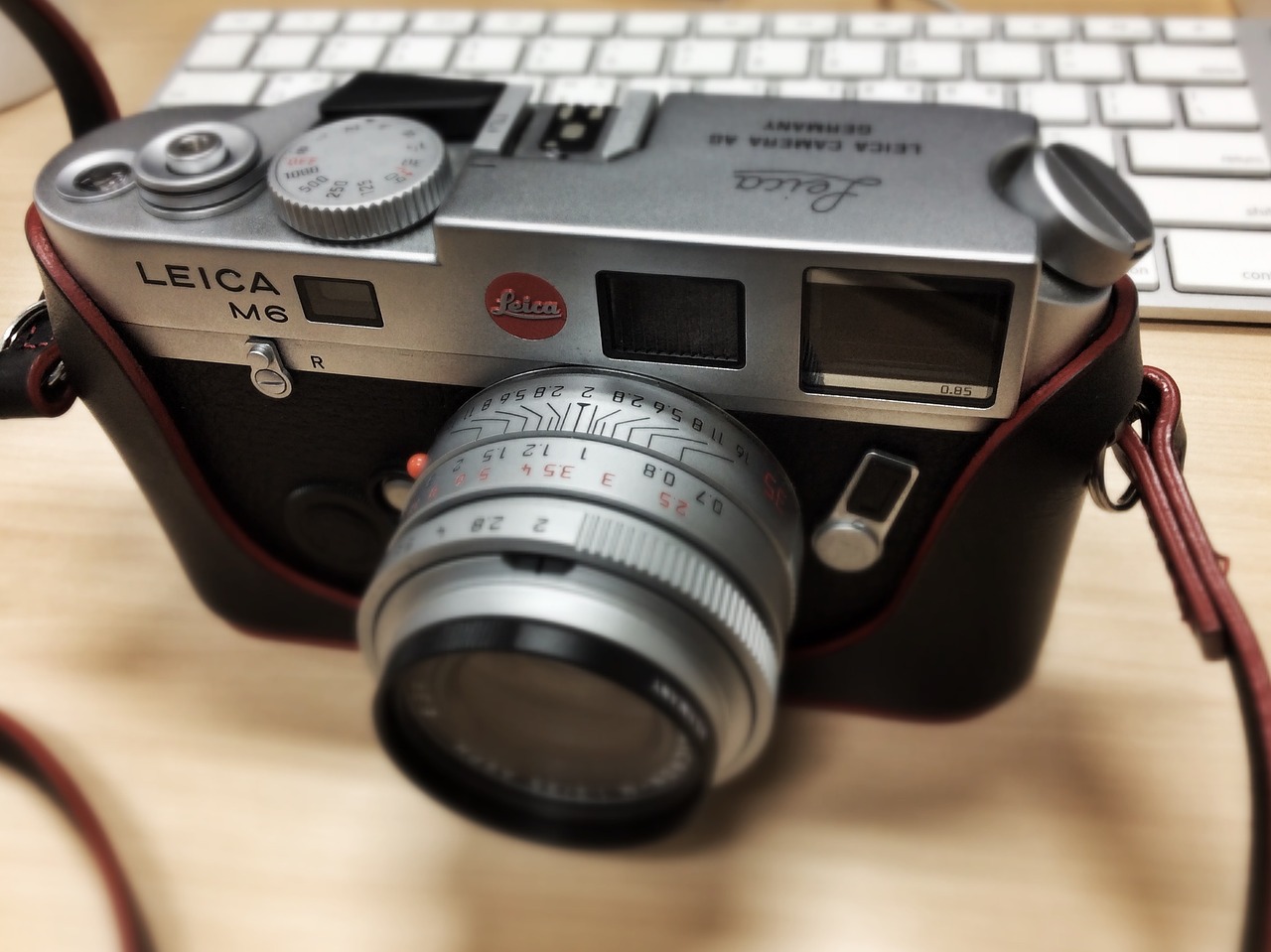NOTE: All SanDisk memory cards and flash drives come pre-formatted and do not need to be formatted out of the box. Memory cards are formatted with the following standards:
| SD/microSD | 2GB or lower | FAT16 |
| SDHC/microSDHC | 4GB to 32GB | FAT32 |
| SDXC/microSDXC | 64GB or higher | exFAT |
| CompactFlash | up to 128GB | FAT32 |
| CompactFlash | 256GB | exFAT |
Update the SD card drivers on Mac; 10. Repair SD card via First Aid; 11. Reformat your SD card; 12. Send SD card to an expert for reparation; 13. Replace SD card with a new one; Option 1: Check your Finder desktop and sidebar preferences. On Mac, you can choose to show connected items on the desktop, including hard disks, external disks. Steps Involved in Formatting Your SD Card Using a Mac. Step 1: Access the SD card first by inserting it in the SD slot. If you're using a Micro or Mini SD, then use a passive adapter to read them. You can also get an external card reader you can connect to your computer using a USB port if it lacks an SD slot. Remember that formatting your SD. To Format SD card to FAT32 in Mac OS, follow below instructions: 1. Connect the SD card to the Mac OS X computer. Search for Disk Utility in Launchpad and open it. Select the Drive and click Erase. Enter the new name (OPTIONAL). Select MS-DOS(FAT) for Format. Select Master Boot Record for Scheme. Select your SD card on the left side of the 'Disk Utility' program. Click the 'Erase' tab. Click the drop-down box next to 'Volume Format' and select the type of formatting for the SD card. Select format: 'FAT' so that the SD card will work correctly with your Moultrie Camera. DO NOT SELECT 'Mac OS Extended.' Click the 'Erase' button to begin. But it is extremely helpful, as you will soon see. One of the best features is being able to reformat a USB stick, a SD card, or even an entire hard-drive at the click of a button. There are many reasons why you would want, or would need, to reformat something. I can think of three off the top of my head. Each Operating System Has Its Own.
Sd Card Will Not Format
Reformatting may clear file system corruption and quickly erase everything on the device. If re-formatting is needed, follow the steps below.
WARNING: Backup all your data before formatting. Formatting will erase all data on the memory device.
Formatting your memory device:
1. Double-click My Computer, or Computer (for Vista and Win7)
2. Right-click the drive letter associated with your memory device, then select Format
(in the sample image below, we right-clicked on H:).
WARNING: Make sure you select the correct drive letter.
3. Select a File system type.
- FAT
- FAT32
- exFAT

4. Ensure 'Quick Format' is checked
5. Click Start.
NOTE: exFAT is supported natively in WIN7 and WIN8. You will need to download a patch for Windows XP or VISTA to format a 64GB or larger device.

4. Ensure 'Quick Format' is checked
5. Click Start.
NOTE: exFAT is supported natively in WIN7 and WIN8. You will need to download a patch for Windows XP or VISTA to format a 64GB or larger device.
Reference:Operating Systems that Support the exFAT File System
If you have a problem formatting, you can try to Format using Disk Management.
How Do I Format An Sd Card On A Mac
NOTE: If the above steps do NOT resolve the problem or if the lock switch is missing or broken, please back up your data and request a replacement using our online web form.

